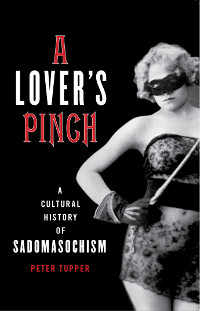Gloria Brame posted scans from “Legs and Attitudes“, a leg fetish magazine published in July 1930, Paris.
In 1930, women’s legs and lower bodies were a relatively recent discovery, having been hidden away in Western fashion for centuries. The photos posted seem based on the idea of glimpsing a stocking top or bare thigh in an unguarded moment (in a boudoir, after tripping on the street, a woman carelessly sitting to let her skirt slip), not a brazen display.







